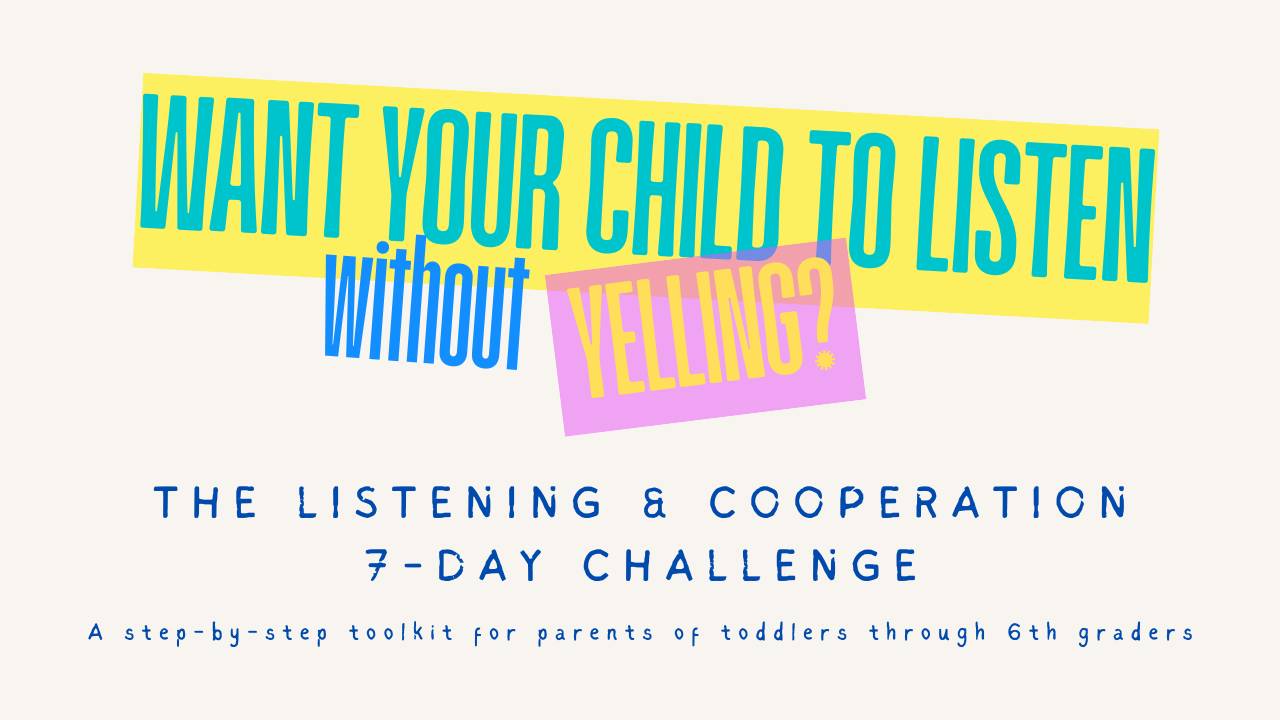Why Center-Based ABA Therapy is Ideal for Toddlers and Preschoolers with Autism: Benefits, Structure, and Results
Sep 18, 2024
Choosing the best therapy for your toddler or preschooler with autism can be a challenging decision. Center-based ABA therapy offers a structured, evidence-based approach to helping children reach developmental milestones and improve their communication, social, and adaptive skills. By providing access to trained professionals and peer interaction in a controlled setting, ABA centers allow children to thrive. In this post, we’ll explore how center-based ABA can positively impact your child's development, the specific benefits it offers, and why it might be the right choice for your family.
What is Center-Based ABA Therapy?
Center-based ABA therapy involves delivering Applied Behavior Analysis (ABA) treatment in a structured, controlled environment such as a therapy center.
- Applied Behavior Analysis (ABA) is a science-based approach that uses principles of learning and motivation to improve behavior and teach skills. ABA is considered the gold standard of treatment for children with autism because it is highly customizable and focuses on measurable outcomes.
- Center-Based Setting: Unlike home-based services, center-based therapy provides a consistent environment that minimizes distractions and fosters a routine where children can focus on learning essential skills.
- The structure helps therapists control variables, maintain data accuracy, and ensure consistent delivery of interventions, all of which contribute to your child’s long-term success.
The Importance of Early Intervention in Autism
- Why Early Intervention Matters: Research shows that early intervention for autism, especially in the toddler and preschool years, significantly improves outcomes in cognitive, language, and social-emotional skills.
- ABA works by breaking down tasks into smaller, manageable components, teaching each step in a way that is tailored to your child’s developmental level.
- Key Outcomes: Early intervention can reduce the need for intensive services later in life. Skills like communication, emotional regulation, and social interactions become easier for your child to grasp when introduced early.
Benefits of Center-Based ABA for Toddlers and Preschoolers
- Individualized Treatment Plans: At The Behavior Place, every child receives a treatment plan tailored to their unique strengths, challenges, and goals. These plans are regularly updated based on your child’s progress and emerging needs.
- Structured Environment: A center-based approach provides a consistent and distraction-free environment that is difficult to replicate at home. This setting allows for better focus and faster skill acquisition.
- Access to Highly Trained Professionals: Centers like The Behavior Place employ Board Certified and Licensed Behavior Analysts (BCBAs) and trained behavior technicians who specialize in working with young children with autism. These professionals use evidence-based practices to ensure the most effective treatment.
- Opportunities for Socialization: Group activities and peer interactions are a critical component of center-based ABA. They allow children to practice social skills in a structured and supportive setting, helping them learn appropriate behaviors in real-world scenarios.
- Specialized Resources and Tools: At The Behavior Place, children have access to sensory tools, play-based interventions, and cutting-edge technology that enhances their learning experience.
How Center-Based ABA Therapy Prepares Children for School
- School Readiness: Many toddlers and preschoolers receiving center-based ABA therapy show improvements in key school readiness skills. These include sitting for extended periods, following instructions, transitioning between activities, and understanding group dynamics.
- Language & Communication: Through targeted interventions, center-based ABA builds essential communication skills, making it easier for children to express themselves, ask for help, and engage with peers and teachers.
- Collaboration with Parents and Schools: Centers like The Behavior Place work closely with families and schools to ensure a smooth transition into preschool or kindergarten, aligning treatment goals with educational milestones.
What to Expect During Center-Based ABA Sessions
- Daily Schedule: At The Behavior Place, each day is structured with a mix of individual and group activities focusing on specific developmental areas. A typical session might include activities that promote language, motor skills, social interactions, and play.
- Types of Activities: Sessions include a variety of activities such as play-based learning, language-building exercises, imitation games, and social skills training. Technicians may also work on self-care tasks like toileting or dressing.
- Measuring Progress: Data collection is a key component of ABA. Throughout each session, technicians record data on the child’s performance and adjust the treatment plan accordingly to ensure consistent progress.
Success Stories: Real-Life Examples of Center-Based ABA Outcomes
- Case Study 1: A 3-year-old boy named Liam struggled with frequent tantrums and limited verbal communication. After 6 months of center-based ABA therapy at The Behavior Place, Liam was able to use words to ask for his needs, significantly reducing his frustration and tantrums.
- Case Study 2: A 4-year-old girl named Emma initially had difficulty engaging with peers and participating in group activities. Through targeted social skills training in a center-based environment, Emma learned to take turns, follow group instructions, and initiate play with her classmates.
How to Choose the Right ABA Center for Your Child
- Qualifications of Staff: Ensure the center has certified and experienced professionals, such as Board Certified Behavior Analysts (BCBAs) and Registered Behavior Technicians (RBTs). The Behavior Place prides itself on employing highly trained staff who specialize in early intervention for young children with autism.
- Facility Environment: Look for a clean, safe, and engaging environment with ample resources for both structured and unstructured play. The center should also offer parent observation options to allow you to be involved in your child’s progress.
- Parent Involvement: Ask how the center incorporates parents into the treatment plan. At The Behavior Place, parents are integral to the therapy process, receiving regular updates, coaching, and opportunities to participate in sessions.
Getting Started with ABA Therapy: Next Steps for Parents
- Initial Assessment: The first step in starting center-based ABA therapy is an initial assessment. The Behavior Place offers comprehensive assessments that help determine your child’s specific needs and how ABA can best support them.
- Creating a Treatment Plan: Once the assessment is complete, a personalized treatment plan is developed, outlining specific goals and strategies. This plan is a roadmap for helping your child develop skills in communication, social interaction, and behavior.
- Ongoing Support: Throughout therapy, The Behavior Place offers ongoing support to families, including progress reviews and opportunities for parent coaching and education. The center helps ensure your child’s long-term success by involving you in every step of the process.
UNLOCK YOUR FREE TOOLKIT NOW: ENHANCE YOUR CHILD'S PLAY & LANGUAGE SKILLS TODAY!
Simply enter your email address to get instant access.


